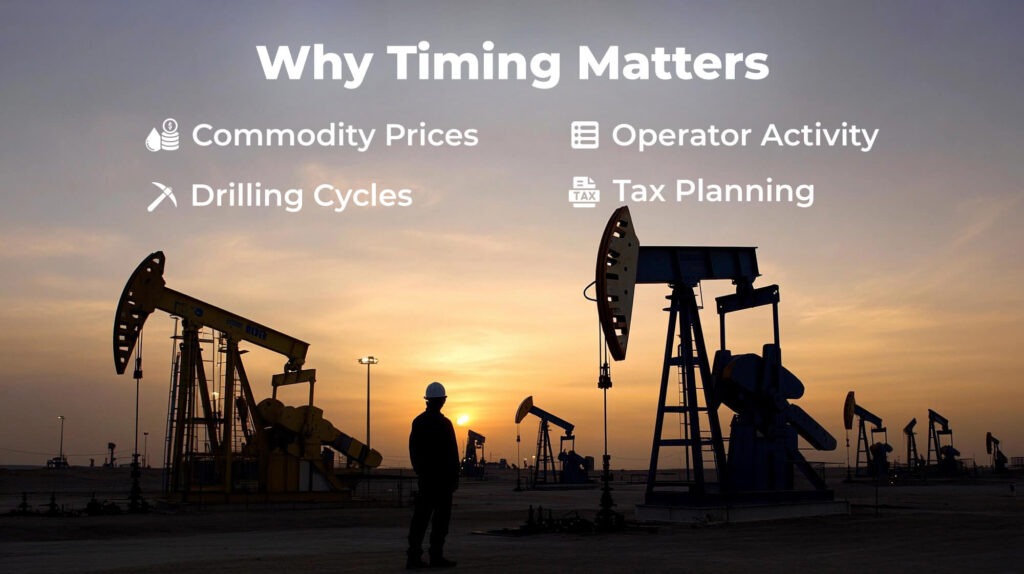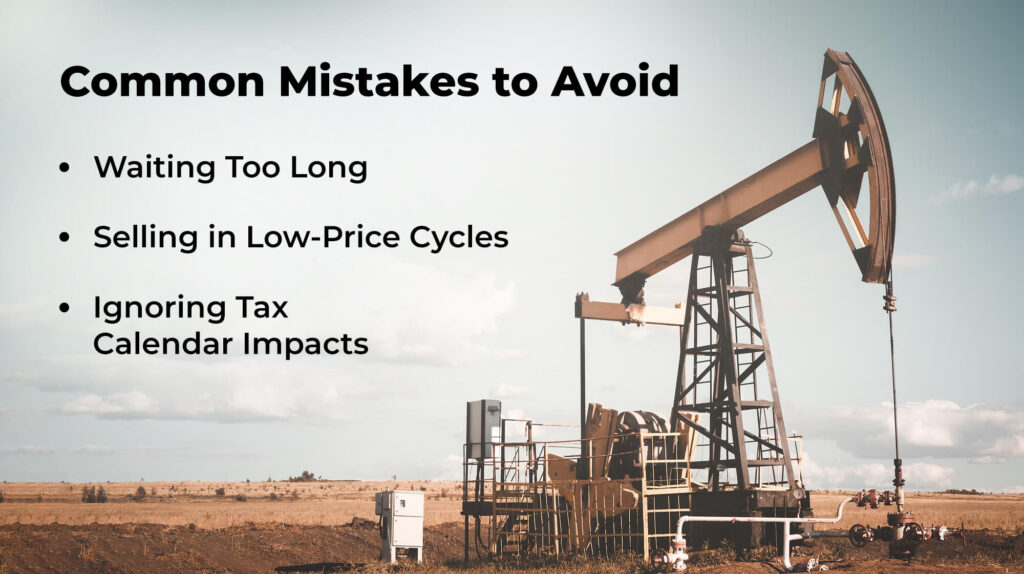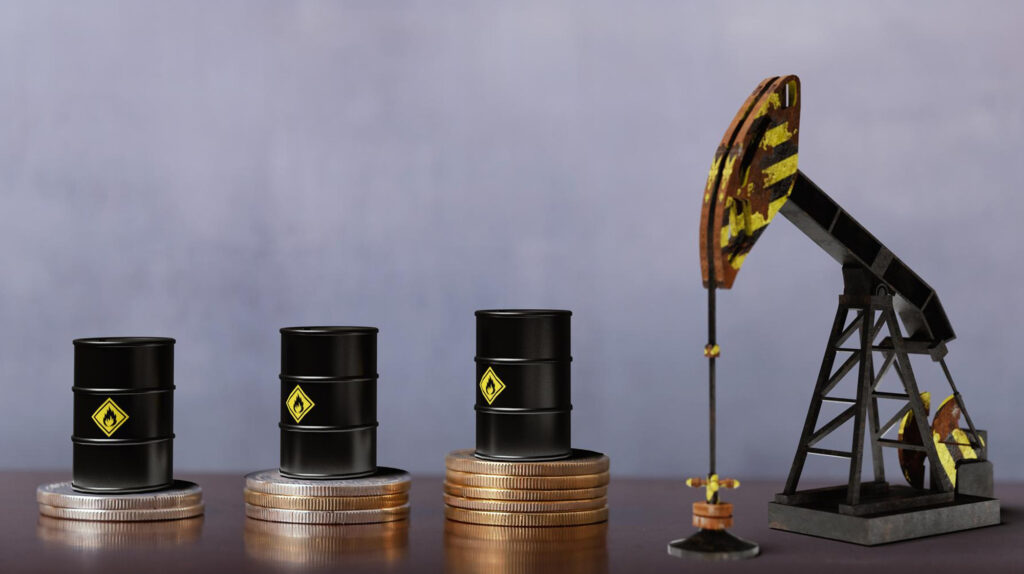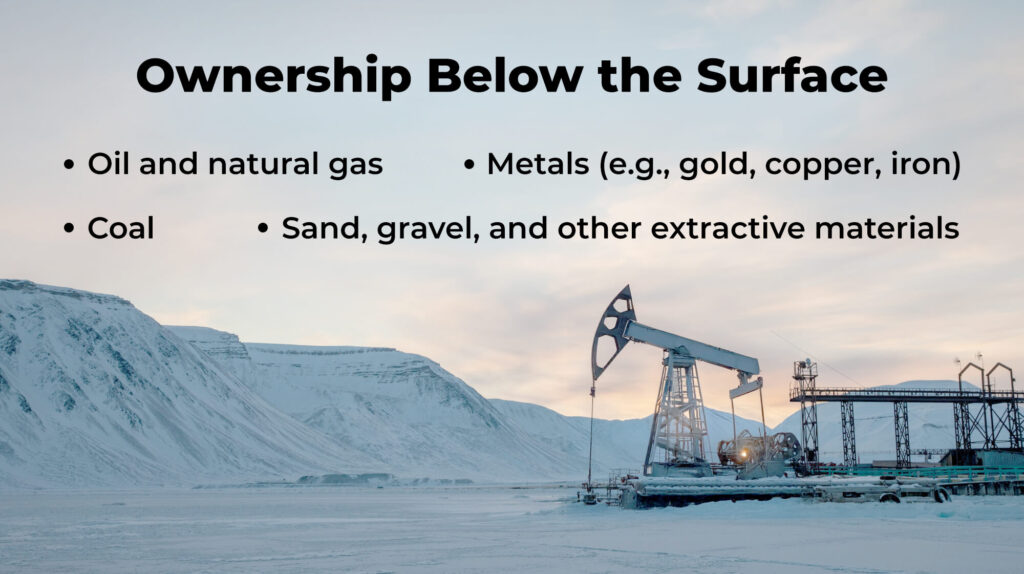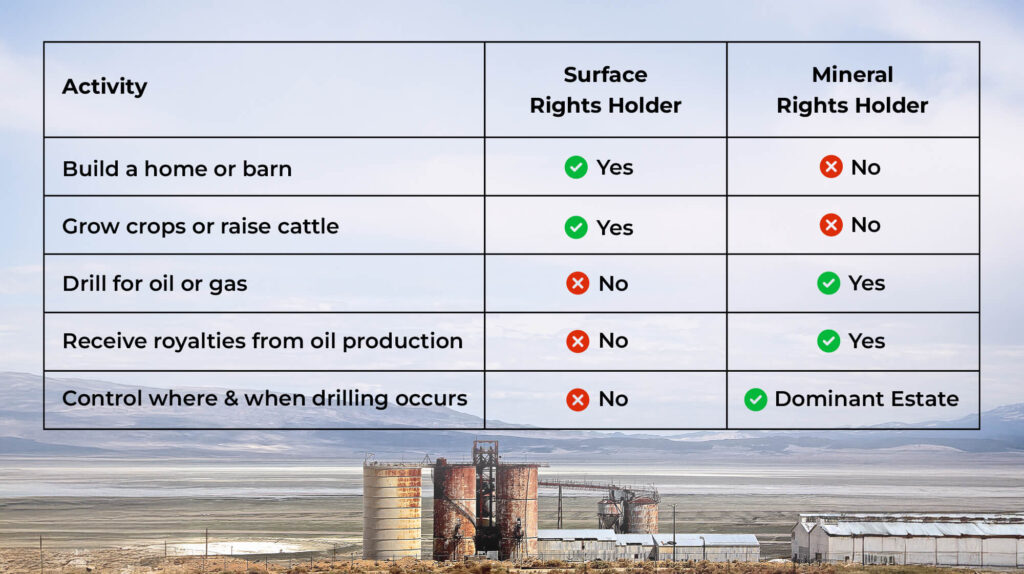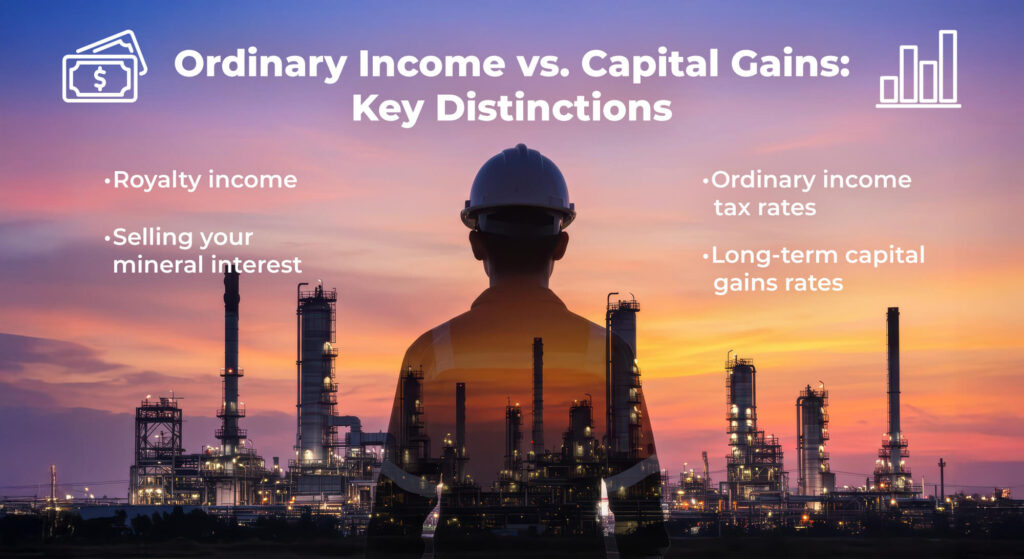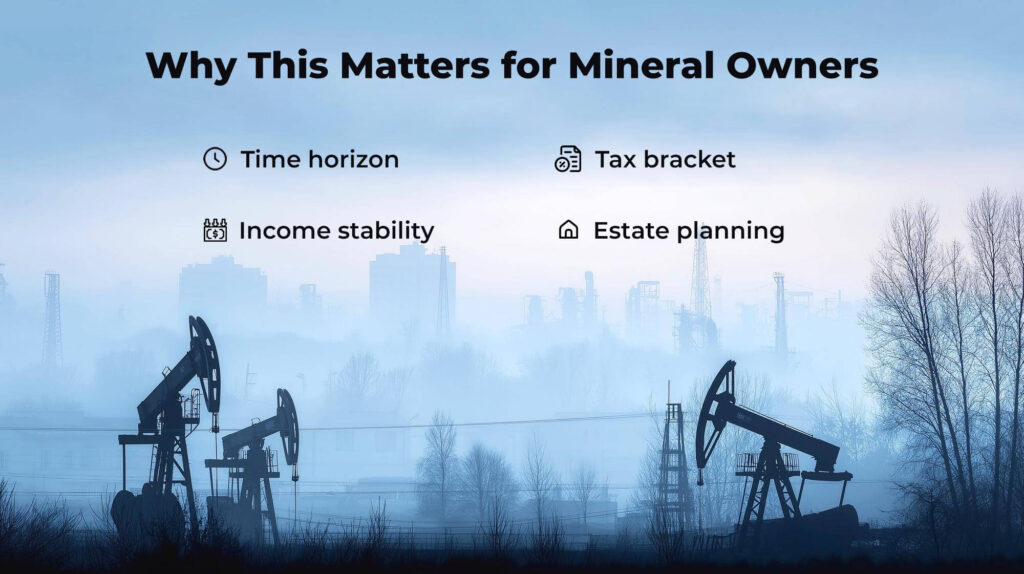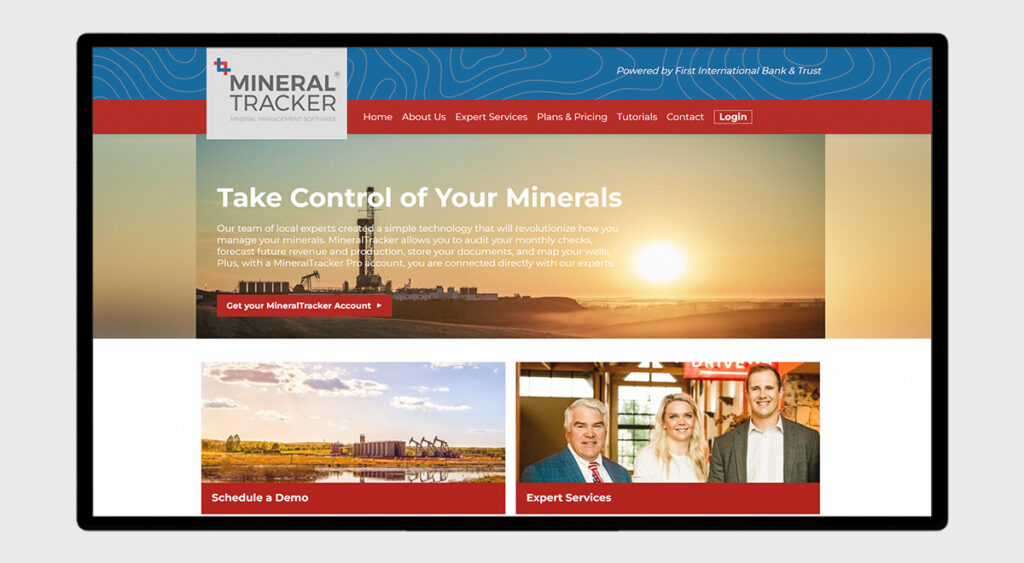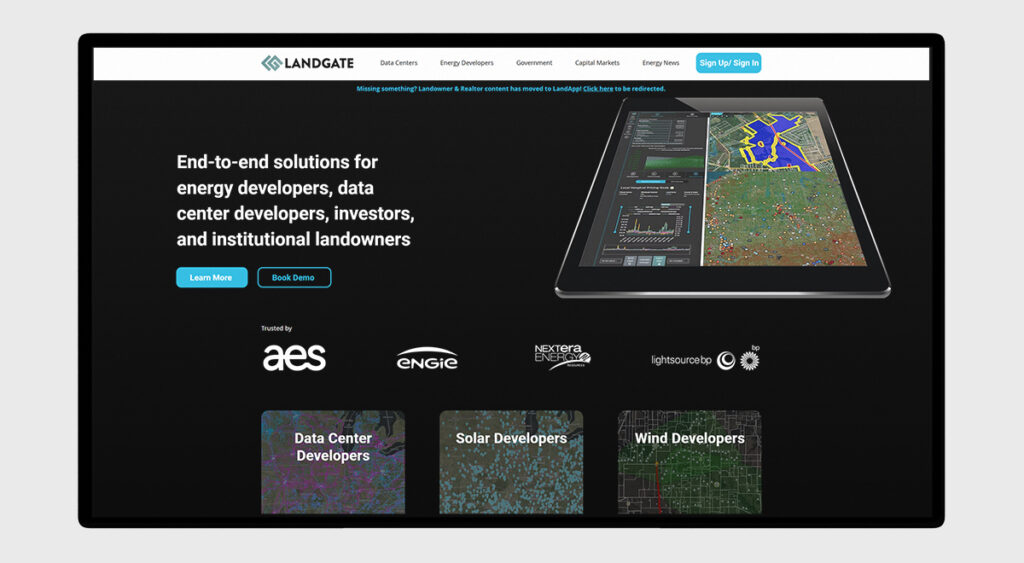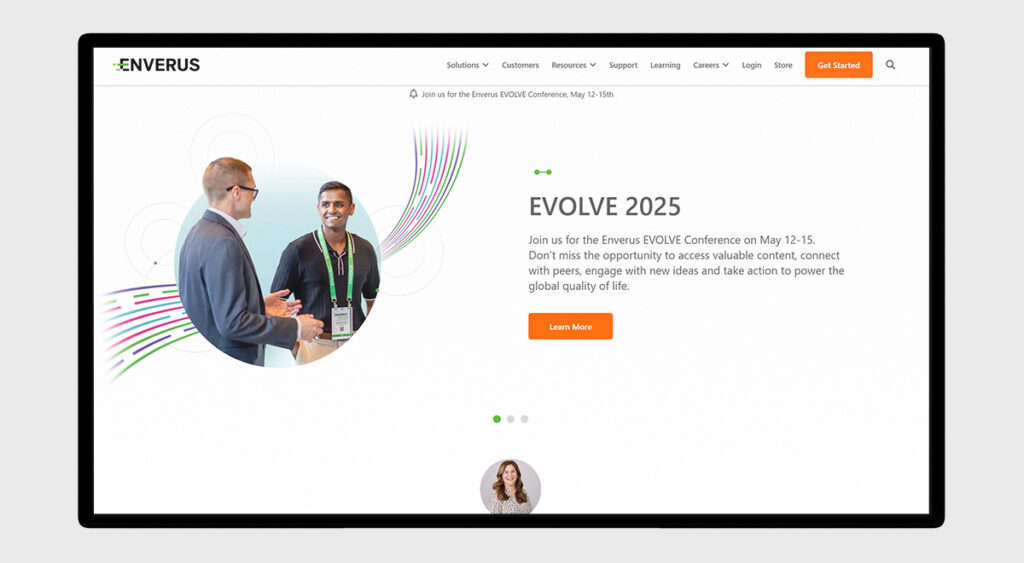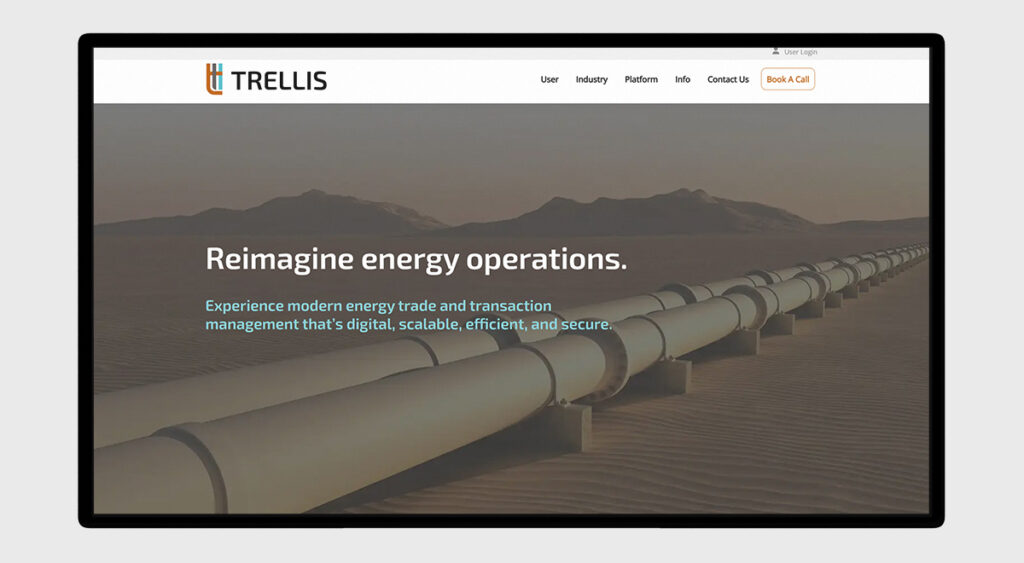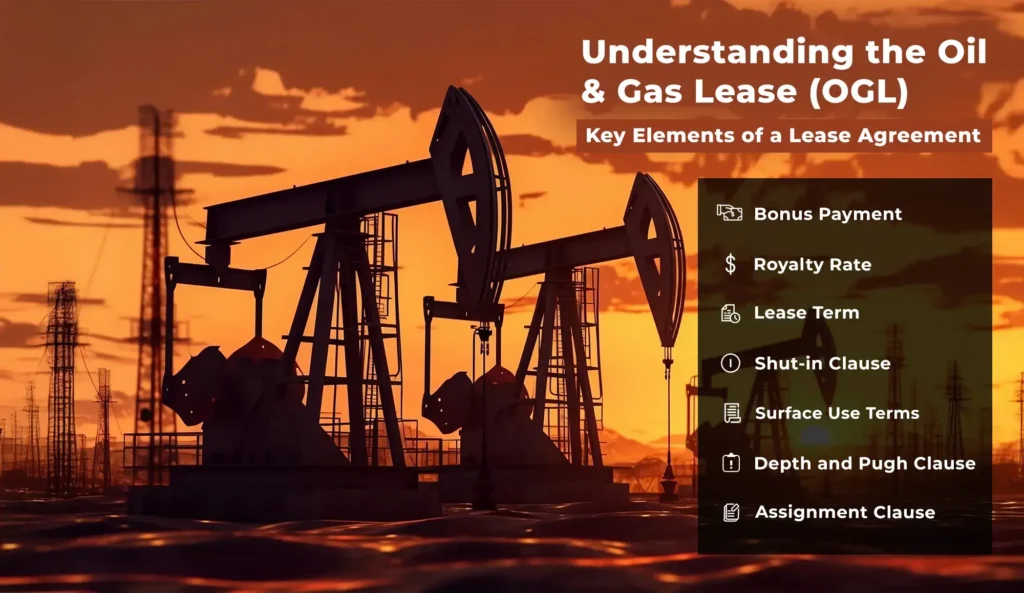Owning mineral or royalty interests can be a blessing. They provide income, connect families to America’s energy story, and sometimes represent land that has been in the family for generations. But when it comes to estate planning, these assets often raise more questions than answers.
At Allegiance Oil & Gas, we work with families every day who are navigating how to manage, transfer, or preserve mineral interests as part of their legacy. Below are practical strategies, legal tools, and things to consider so that your mineral assets are handled cleanly, fairly, and in alignment with your wishes.
Why Mineral Interests Complicate Estate Planning
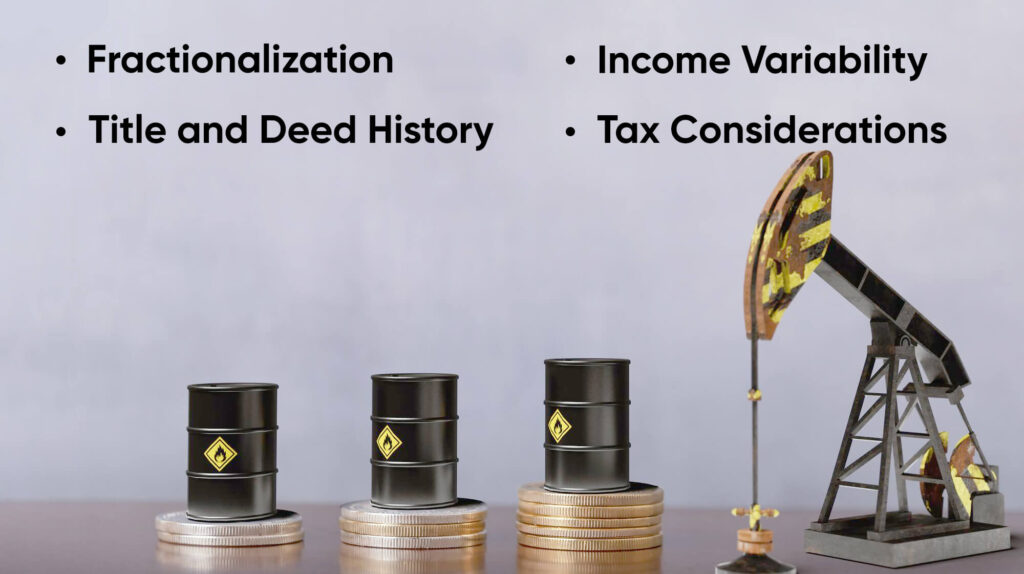
Mineral and royalty interests are not like bank accounts or stocks. They come with particular legal, tax, and administrative complications:
Fractionalization: Over generations, ownership often becomes divided among many heirs. Each may hold a small share, making management, decision-making, and coordination harder.
Title and deed history: Mineral deeds may be old, incomplete, or scattered across counties and states. Problems in documentation can delay probate or complicate transfers.
Income variability: Royalty checks can fluctuate depending on production volumes, commodity prices, lease terms, etc. That makes income projections and estate valuations less certain.
Tax considerations: Inherited mineral interests may benefit from a “stepped-up basis,” but there may also be federal estate tax concerns (especially for very large estates) and state taxes.
Key Estate Planning Tools & Strategies
Many families use the below tools and strategies to preserve value, reduce administrative burden, and ensure clarity for heirs. As always, you should consult with an estate attorney, oil & gas legal expert, and tax advisor in your state because laws differ.
Trusts
Revocable Trusts: These allow you to maintain control during life, make changes, and avoid probate in many cases. You can transfer your mineral interests into a revocable living trust, naming beneficiaries to receive them after death.
Irrevocable Trusts: These give up more control but can offer stronger tax protection and remove the asset’s value from your taxable estate. This can be important if your mineral assets are large or expected to appreciate significantly.
Mineral Trusts: A specialized version. They manage mineral or royalty interests as a single entity, handle distributions, and often help in limiting fractionalization. They can include clarity on who does what (trustee/managers), how royalties get distributed, and what happens when an heir is not locatable.
Life Estate Deeds
In some jurisdictions, you may grant a life estate: you maintain the rights (and income) during your lifetime, but title automatically transfers to the named heirs at your death (without waiting for probate). This can simplify the transfer process and reduce paperwork.
Gifting During Lifetime
You can also give (gift) your mineral interests (or portions) to heirs during your lifetime. This shifts ownership early, which can reduce estate tax exposure if done properly. But gift tax rules and valuations matter: you’ll need accurate appraisals, and large gifts may require filing gift tax returns.
Limited Liability Companies or Partnerships
Holding mineral interests through an LLC or family partnership (or multiple entities) can help centralize management, define how decisions are made, and provide flexibility in dividing income. It can help heirs understand expectations and avoid confusion. It can also help with liability protection or separating administrative functions.
Succession Planning for Management and Distribution
Identify a trustee, manager, or entity who understands the oil and gas side: lease negotiations, royalty statements, title issues, etc.
Clearly describe in your legal documents how revenues are to be distributed among beneficiaries. When there are many heirs or stakeholders, having written direction reduces disputes.
Maintain good records: operator contacts, royalty payment statements, title documents, leases. Ensuring heirs know where to find these is as important as legal structure.
Appraisals and Valuations at Key Times

For inherited properties, getting a professional appraisal around the time of death sets the “stepped-up basis” for heirs, which can reduce capital gains taxes when they sell in the future.
Also worth doing periodic valuations if you expect leasing opportunities or new wells, so you understand long-term value.
Consider State & Multi-state Issues
Mineral rights may be in different states from where you live. Probate, deed laws, inheritance taxes, and recording rules differ by state. Avoiding probate in multiple states (ancillary probate) is a common goal.
State inheritance taxes or property/estate taxes may apply in some states even if there is no federal tax for your estate size. Always check state law.
Tips to Avoid Common Mistakes
Don’t let mineral interests become a “forgotten asset.” If deeds are inaccurate or not located, heirs may not even realize what’s there.
Be cautious about over-fractionalization. Small fractional shares can lead to complexity and decreasing net benefit when many heirs are involved.
Keep legal documents up to date, especially after major life changes (marriage, divorce, births, deaths).
Choose trustees/managers with knowledge and integrity. Mismanagement of royalty division orders, leases, or title can cost heirs time and money.
Understand the costs: trusts, appraisals, legal fees, ongoing administration. Sometimes those costs can outweigh benefits if the asset is small.
Estate Planning vs Selling Mineral Interests
While some strategies focus on preserving, managing, and transferring mineral interests rather than selling them, there are pros and cons to simply selling the mineral interests which should also be considered:
Pros: Simplicity; liquidity; avoiding potential future disputes; immediate value; easier tax treatment after sale.
Cons: Loss of future royalty income; missing out on upside from future wells or leasing; potential regret if market improves; you lose control over how the asset will be managed.
To further discuss a potential divestiture, don’t hesitate to reach out to us at (281) 674-7131 on via the form on our Request An Offer page.
Estate planning with mineral interests is about more than just passing assets down, it’s about ensuring those assets work for your family while minimizing legal and tax burdens, reducing family friction, and making sure your wishes are clearly documented and respected. If mineral or royalty interests are part of your legacy, it pays to plan ahead.


